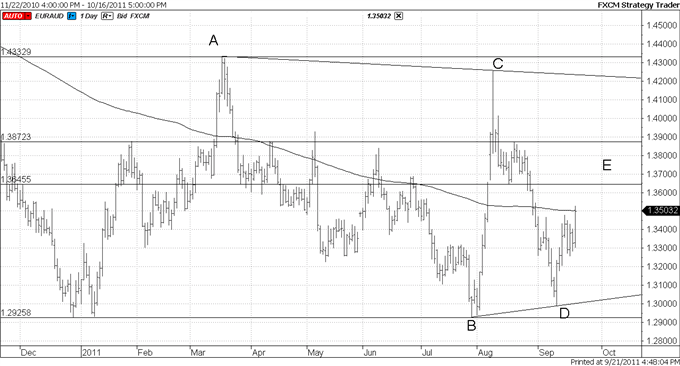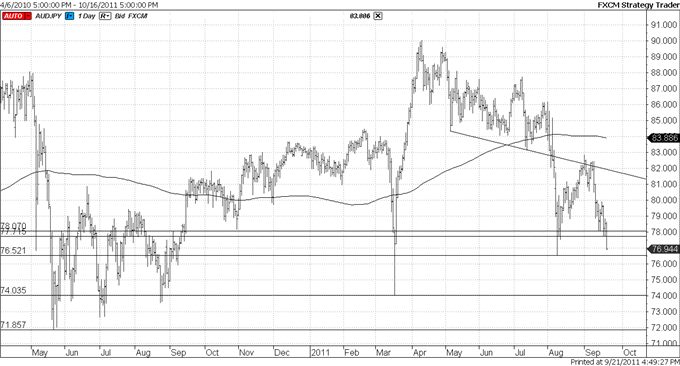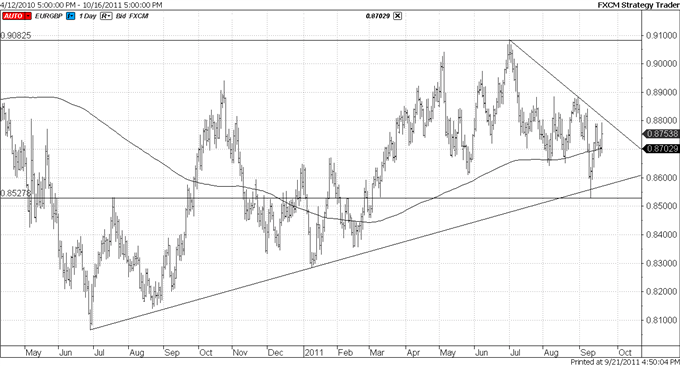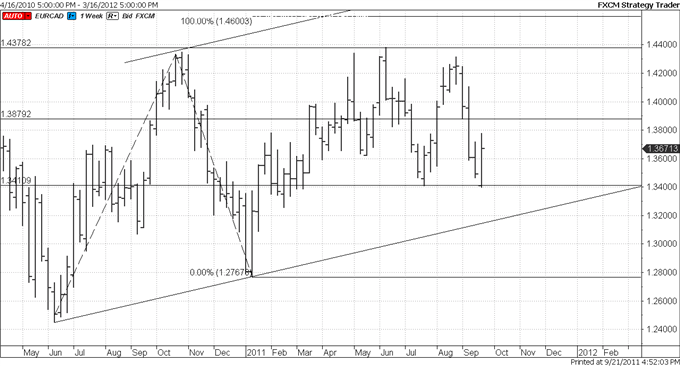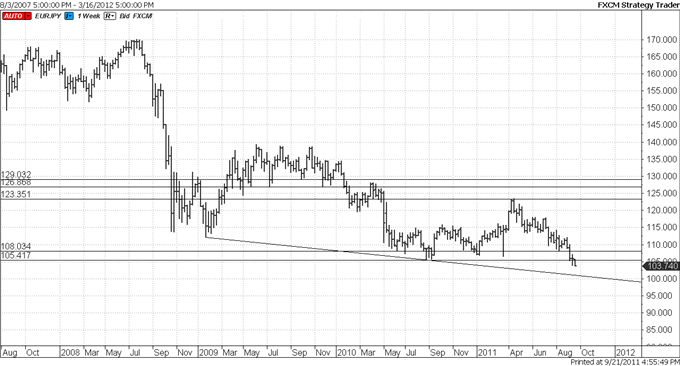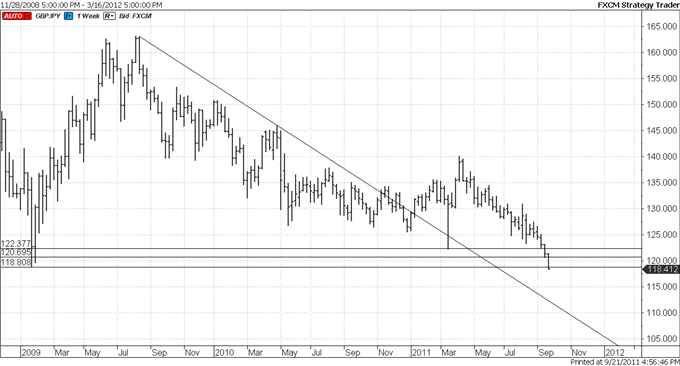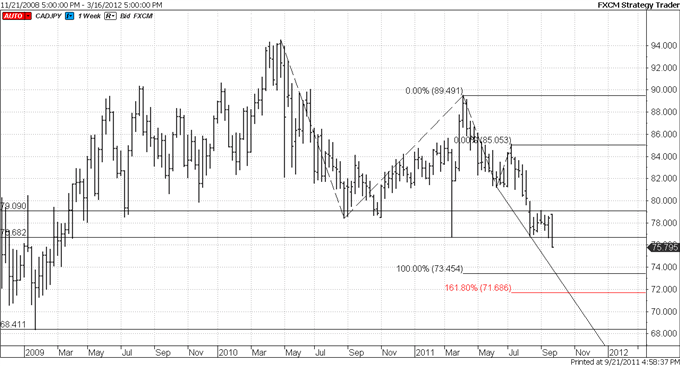(RTTNews) - The dollar rallied versus the euro on Friday amid mounting concerns that Europe faces more hurdles to overcoming its economic malaise.
The prospects for euro zone growth took a hit this morning with the release of data showing that euro zone inflation rose well above levels targeted by the European Central Bank.
Euro zone annual inflation increased unexpectedly in September, flash estimate from Eurostat showed Friday.
Annual inflation rose to 3 percent from 2.5 percent in August. The ECB may therefore think long and hard before cutting interest rates in support of the region's sluggish economy. The ECB targets 2 percent annual inflation.
Progress was made toward aid for Greece this week when German lawmakers voted to expand their participation in a rescue fund. However, other euro zone members must go along with the plan.
The dollar rose to $1.3420 versus the euro, edging near Monday's 8-month high of $1.3361. The buck also gained on the yen, breaking through Y77 to a two-week high.
The buck was weaker versus the sterling, easing to $1.5650.
Business activity in the Chicago area unexpectedly expanded at an accelerated rate in the month of September, according to a report released by the Institute for Supply Management - Chicago on Friday.
The ISM Chicago said its business barometer jumped to 60.4 in September from 56.5 in August, with a reading above 50 indicating growth.
Personal income showed a modest decrease in the month of August, according to a report released by the Commerce Department on Friday, although the report also showed a continued increase in personal spending.
The report showed that personal income edged down by 0.1 percent in August following a downwardly revised increase of 0.1 percent in July. Economists had expected income to increase by 0.1 percent compared to the 0.3 percent growth originally reported for the previous month
